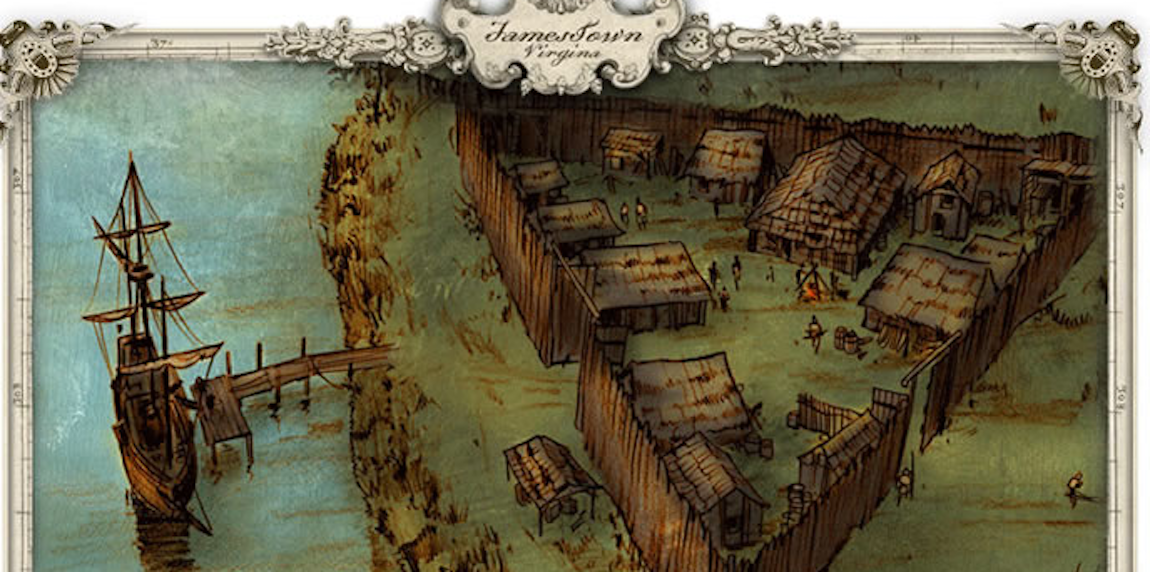Advertisement
This article provides a summary of the dreadful winter of 1609 and 1610 at Jamestown known as the Starving Time.

The Starving Time refers to the winter of 1609-1610, a period of unparalleled hardship endured by the settlers of Jamestown. In the years following its establishment in 1607, the colony had encountered numerous challenges, including conflicts with indigenous peoples, disease outbreaks, and struggles to establish viable agricultural practices. However, it was the winter of 1609 that would test the resilience of the settlers like never before.
Why did it Happen?
Several factors converged to precipitate the crisis of the Starving Time. Chief among them was a combination of poor planning, environmental conditions, and strained relations with the local Powhatan Confederacy. In the summer of 1609, a fleet of supply ships sent by the Virginia Company to resupply the colony was scattered by a hurricane, depriving Jamestown of much-needed provisions. This setback, compounded by a severe drought, left the settlers facing dire food shortages as winter approached. Then, the situation was compounded after one of the settlers accidentally burned down much of the settlement. Chief Powhatan, convinced of the vulnerability of the colony, and seeing an opportunity to cripple it, halted all trade with the settlers after John Smith returned to England following a gunpowder accident. John Smith was the only colonist who had gained the respect and fear of Powhatan and his people. Trade with Powhatan was largely dependent on John Smith's influence.
The Suffering
As the winter of 1609 set in, the situation in Jamestown grew increasingly dire. With food supplies dwindling rapidly and no relief in sight, the settlers resorted to desperate measures to survive. Accounts from the period speak of widespread starvation, with some colonists reduced to eating rats, snakes, and even leather to stave off hunger. Disease, exacerbated by malnutrition and unsanitary living conditions, ravaged the population, further decimating their ranks. Settlers venturing outside the confines of Jamestown in an attempt to hunt or trade were often killed by the Powhatans.
The harsh winter took a devastating toll on the inhabitants of Jamestown. By the spring of 1610, of the original 500 settlers, only around 60 remained alive. The colony teetered on the brink of collapse, its survival hanging in the balance.
Relief
However, the arrival of a relief expedition led by Captain Thomas West, 3rd Baron De La Warr, in June 1610, provided a lifeline to the beleaguered colony. The timely arrival of supplies helped to stabilize the situation in Jamestown and avert total catastrophe. The arrival of hundreds of new settlers also enabled the colony to effectively defend itself against Powhatan, ending the Starving Time and beginning a new era of permanence in American history.
Related activities
Advertisement

